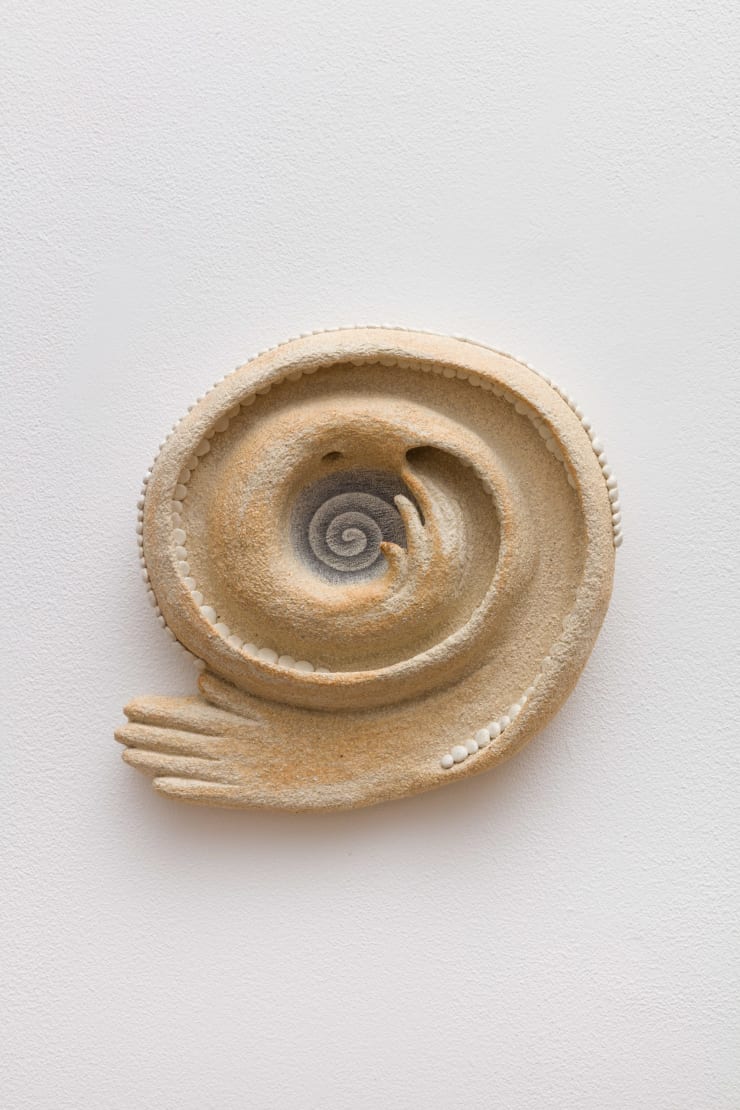Ayla Tavares Brazilian, b. 1990
Ayla Tavares (b. 1990, Rio de Janeiro) investigates archaeology, architecture, and the objects we encounter in daily life. Connecting them with different layers of time, she reflects on how material forms carry memory and shape the everyday. Attentive to the affections, tensions, and possibilities that things embody, Tavares explores materiality in its entanglements. Her practice generates constellations of objects reordered into new arrangements, forming propositional bodies that move through strangeness and speculation to open space for new narratives and chimeras.
Ayla Tavares received her master's degree in Visual Arts from the Federal University of Rio de Janeiro (UFRJ) in 2021. Recent solo exhibitions include: “Earendel” LAMB, London (2024); Frieze Focus, London (2024); “Things that move slowly” Athena Gallery, Rio de Janeiro (2024); “Ustão” Eva Klabin House Museum, Rio de Janeiro (2023); “Alfarería del agua” Collegium Museum, Arévalo, Spain (2022); “Sonantes” Light Cultural Center, Rio de Janeiro (2019). In 2022, Tavares completed residency programs at Pivô Pesquisa (São Paulo, Brazil) and Entre tiempos (Collegium Museum - Arévalo, Spain)
-

Ayla Tavares: Earendel
21 Nov 2024 - 18 Jan 2025 LAMBLAMB is pleased to present Earendel , a solo exhibition of new work by Ayla Tavares (b. 1990, Rio de Janeiro) and her first solo presentation in the UK. Starting...Read more -

Whispers from the South
5 Oct - 5 Nov 2023 LAMB· Luísa Brandelli · Talles Lopes · Heloisa Hariadne · Pedro Neves · Noara Quintana · Joelington Rios · Ayla Tavares · Hal Wildson · LAMB is pleased to present...Read more









